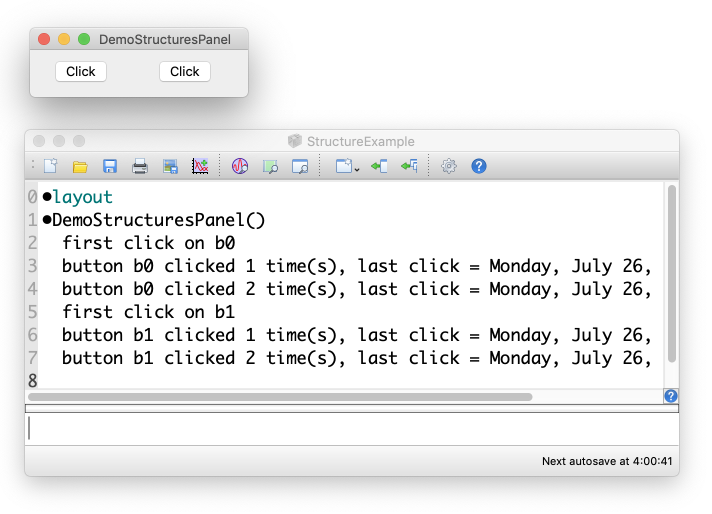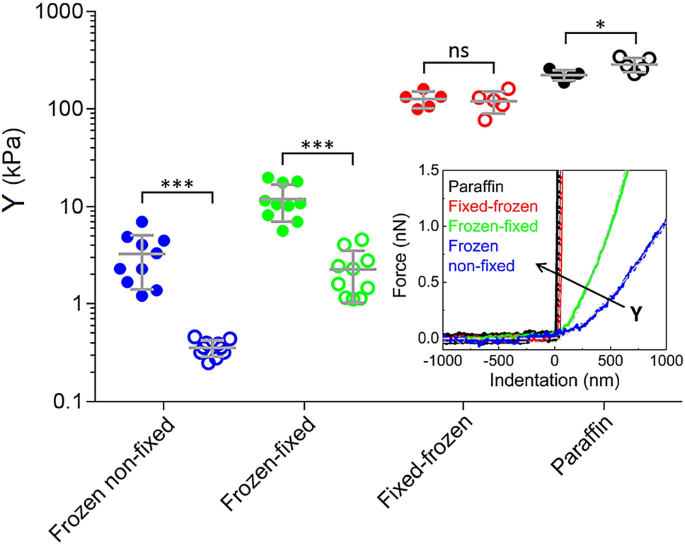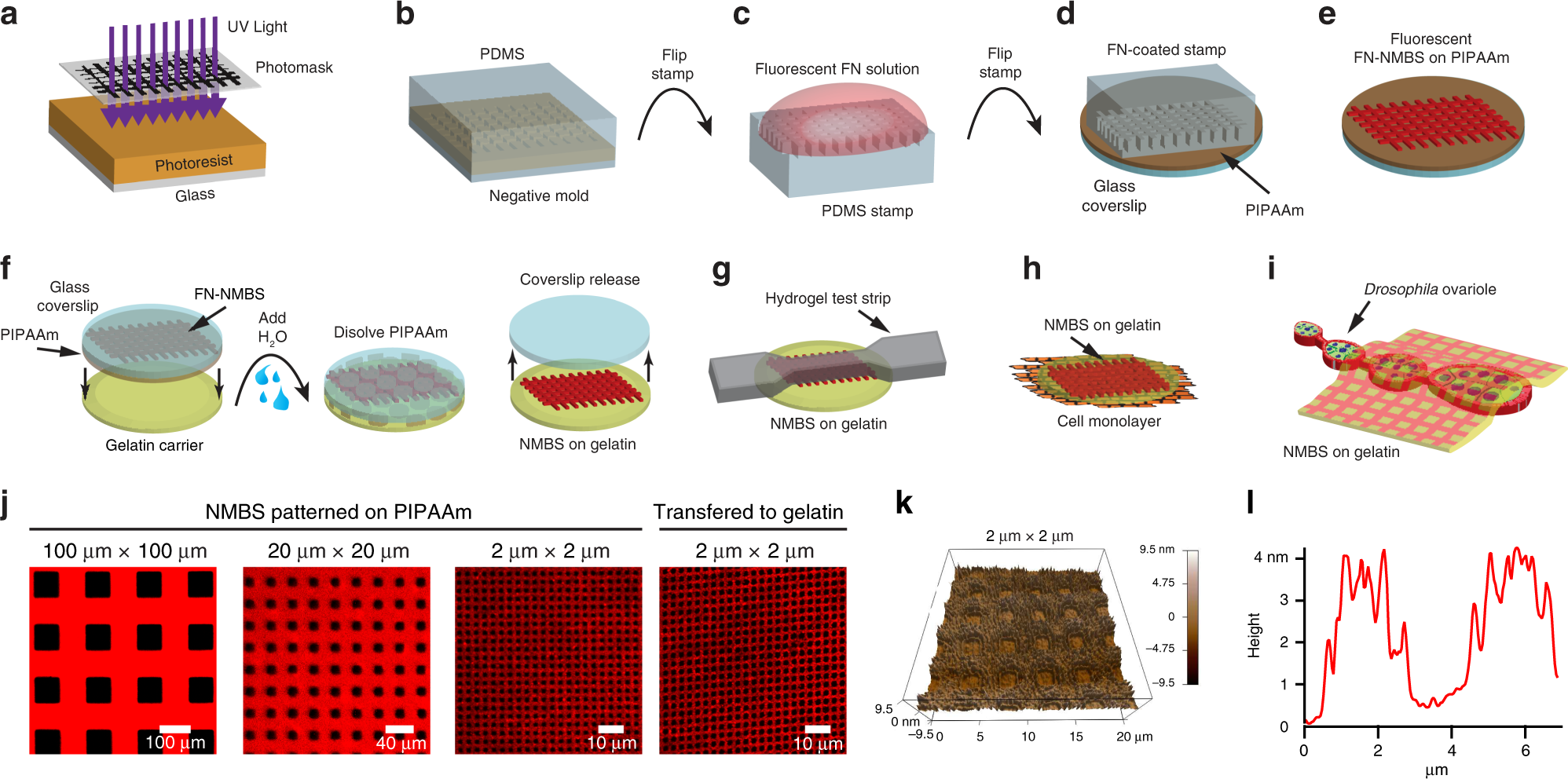

Obtaining the fresh HOPG surface, place the glass slide with HOPG in a Sometimes multiple attempts are required to achieve a visually flat HOPG To the previous surface and peel off the old surface. To obtain a new layer of HOPG, simply use Scotch tape to adhere

Vortexing and then spin down the protein solutions at 3,000 x g for 2 Allow overnight incubation for the tight binding ofĬoncentration (see Note 4) with corresponding buffer or ddH 2O usingĮppendorf Protein LoBind Tubes (see Note 1), mix the dilutes by gentle After a quick mix of the two glue components,Ĭarefully remove the HOPG from its case using tweezers and place it on Preparation of imaging “substrate” (see Note 3)Ĭlean one glass slide with ddH 2O followed by rinsing with 75% ethanol.Īir dry the slide and apply the Loctite ® Epoxy instant mix glue to theĬenter of the slide. Store stock aliquots at -20 ☌ before use. Aliquot stock solutions into 100 µl fractions (see NoteĢ). Filter buffer through 0.2 µm syringe filter into clean glass vials before use.ĭissolve protein samples to a concentration of 1 mg/ml in filteredīuffer as stock solutions using 1.5 ml Eppendorf Protein LoBind Tube Stainless steel tweezers (Sigma-Aldrich, catalog number: T5415 )Ĭylinder of nitrogen gas with a pressure regulator and nozzleĬentrifuge (to fit Eppendorf 1.5 ml tubes)įilter ddH 2O through 0.2 µm syringe filter into clean glass vials before use. MFP-3D-SA AFM (Asylum Research, model: MFP-3D-SA AFM ) Regular microscope slides (dimension 25 x 75 x 1mm) Note: Available from office supply stores like Staples.ġ0 ml sterile syringes (BD Biosciences, catalog number: 309659 )Ġ.2 µm syringe filters (Whatman, catalog number: 6896-2502 )Ģ0 ml disposable scintillation glass vials (VWR International, catalog number: 66022065 )Įppendorf tubes(1.5 ml) (Eppendorf, catalog number: 022431081 ) Scotch tape (single sided Scotch ® Magic TMTape 810) NCS18 silicon probe (75 kHz, 3.5 N/m) (Mikromasch, catalog number: HQ:NSC18/Cr-Au-15) Plastic petri dishes (100 x 15 mm dimension) (VWR International, catalog number: 25384302 ) Kimwipes (VWR International, catalog number: 470173498 ) Highly ordered pyrolytic graphite (square shape 5 mm (L) x 5 mm (W) x 1 mm (H) in dimension) (Structure Probe, catalog number: 476HPAB ) Sodium acetate (NaOAc, anhydrous, purity ≥ 99.0%) (Sigma-Aldrich, catalog number: S8750 )Īcetic acid (HOAc, ACS reagent, purity ≥ 99.7%) (Sigma-Aldrich, catalog number: 320099 )ħ5% ethanol (prepared from 100% ethanol, ACS reagent, purity ≥ 99.5%) (Sigma-Aldrich, catalog number: 459844 ) (2011b).īovine serum albumin (BSA, lyophilized powder, crystallized, purity ≥ 98.0%) (Sigma-Aldrich, catalog number: 05470 ) For a detailed extensin extraction protocol see Lamport et al. Monomeric extensin proteins extracted from different plant cell suspension culture lines. Keywords: Plant cell wall, Structural glycoprotein, Extensin, Self-assembly, Atomic force microscope The protocol elaborated here provides an approach to studying the self-assembly of extensins and potentially of other cell wall components in vitro using AFM.

A detailed protocol for extraction of extensin and other wall structural proteins has been described earlier (Lamport et al., 2011b). Extensins are recalcitrant to purification as they are rapidly cross-linked into a covalent network after entering the cell wall but there exists a short time window in which newly synthesized extensin monomers can be extracted (Smith et al., 1984 Smith et al., 1986) by salt elution.

As essential members of the HRGP superfamily, extensins (EXTs) presumably function in the cell wall by assembling into positively charged protein scaffolds (Cannon et al., 2008) that direct the proper deposition of other wall polysaccharides, especially pectins, to ensure correct cell wall assembly (Hall and Cannon, 2002 Lamport et al., 2011a). Hydroxyproline-rich glycoproteins (HRGPs) are major protein components in dicot primary cell walls and generally account for more than 10% of the wall dry weight.


 0 kommentar(er)
0 kommentar(er)
